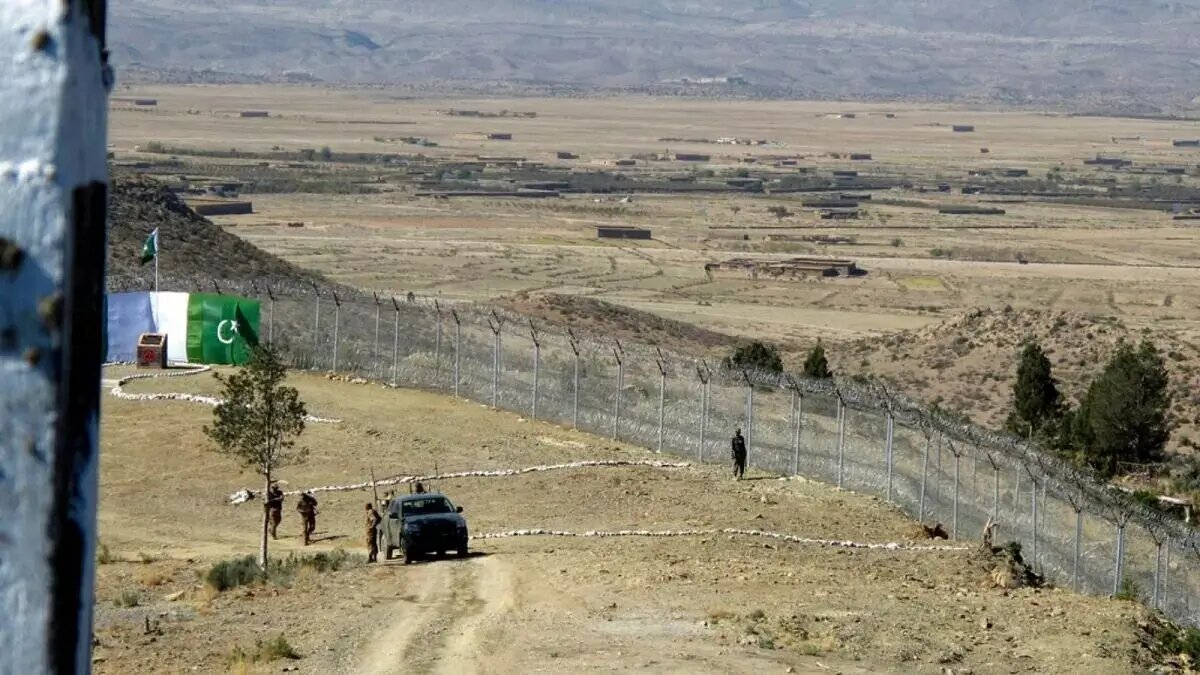Echoes of the Durand Line: Afghanistan and Pakistan at a crossroads
Old borders, new battles, and escalating mistrust

TEHRAN – On the night of October 9, explosions in Kabul — widely reported as strikes aimed at Tehreek-e-Taliban Pakistan (TTP) figures — triggered a rapid chain of violence that by 11–12 October had become the sharpest Afghanistan–Pakistan confrontation in years.
Artillery and small-arms exchanges roared along multiple frontier sectors, major crossings closed, and both capitals traded magnified casualty and territorial claims that independent observers cannot yet reconcile. The immediate facts are stark; their meaning is perilous.
The proximate sequence is straightforward: Pakistani strikes in Afghan territory, a TTP strike inside Pakistan, Afghan operations along the Durand Line, and a Pakistani counter-offensive.
Each move fed the next, producing a classic escalation spiral. Kabul’s spokesmen said Afghan forces had killed dozens of Pakistani soldiers and captured posts; Islamabad acknowledged soldiers lost but claimed far higher militant casualties and the seizure or destruction of Afghan positions.
In the absence of independent verification, numbers became tools of pressure rather than shared reality, while a flood of videos and claims across social media—many later flagged as misattributed or unverifiable—amplified the danger and uncertainty.
This confrontation cannot be reduced to a single tactical choice. It rests on several interlocking realities.
First, the Durand Line—among the world’s most disputed frontiers—remains a lived boundary, slicing through Pashtun communities while sustaining cross-border commerce, kinship networks, and porous governance.
Second, the TTP’s reported resurgence has hardened Islamabad’s appetite for kinetic measures; a year of alleged deadly attacks inside Pakistan has narrowed political patience and raised the domestic cost of inaction.
Third, the regional strategic environment has become increasingly complex. After the brief India–Pakistan clash in May, Islamabad leaned closer to Washington, with Army chief Field Marshal Asim Munir building ties with President Donald Trump—going so far as to propose him for a Nobel Peace Prize.
In July, Pakistan honored then-CENTCOM chief General Michael E. Kurilla for his “exemplary service” in advancing military cooperation with the U.S.
Washington, meanwhile, seeks to drive wedges between China and its regional partners, including Pakistan, leveraging security and economic engagements.
Pakistan reportedly pitched U.S. officials a new Arabian Sea port near the Afghan-Iran border, in Pasni, with U.S. investors envisioned to construct and manage the terminal, highlighting how economic projects are now entwined with strategic calculations.
Who benefits when Kabul and Islamabad clash? In the short term, hardline security establishments on both sides can harvest nationalist legitimacy from robust responses; mediators such as Qatar and Saudi Arabia gain diplomatic capital by stepping in; terrorist groups may exploit chaos to recruit and reposition unless truly degraded.
Geopolitically, a prolonged crisis hands leverage to external powers prepared to offer security guarantees or economic carrots — yet chronic instability ultimately corrodes every actor’s agenda, from trade corridors to regional investments.
The plausible trajectories are narrow. The most credible short-term path is mediated cooling: Persian Gulf interlocutors press for a halt, crossings reopen, and urgent economic pain is eased.
A more dangerous medium-term outcome is a sustained, low-intensity conflict of raids, closures, and displacement that militarizes border life and hollows out trade. The nightmare remains a miscalculation that drags conventional forces into a wider conflagration — unlikely but catastrophic if it occurs.
The remedy is political. Military strikes can blunt a threat; they cannot repair porous governance, resurrect failed institutions, or erase historic grievances.
Neutral incident verification, military hotlines, confidence-building along contested sectors, and development-linked incentives that make sheltering militants costlier than tolerating them are not elegant prescriptions, but they are practical ones.
Without sustained, verifiable political measures, the Durand Line will continue to act not as a shield but as a seam that, when pulled, unravels fragile stability — and leaves civilians to stitch back what leaders let fall apart.
